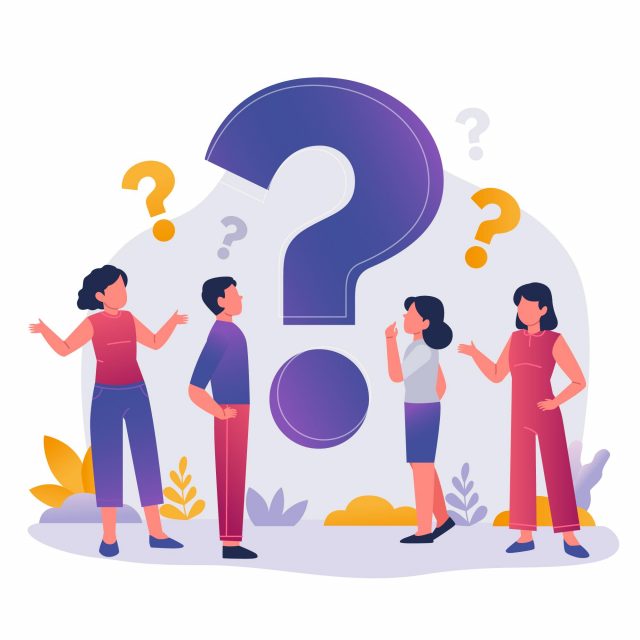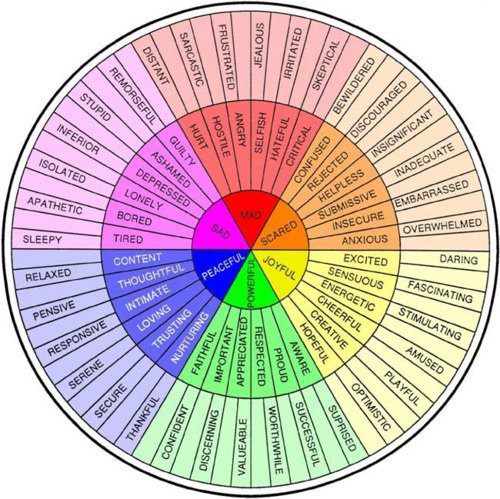“How are you?” “Good/Fine/Okay/Normal/Alright/Been better.”
Have you had that conversation?
That doesn’t reveal much, and it’s understandable: most people are not used to sharing the specifics of their feelings- at home, at school, at work… at all.
The question itself seems almost a type of polite conversation-filler, and the answer habitually opaque. Has it always been this way, or is this another post-pandemic trend?
Perhaps this has to do with the simple fact that so many people are brought up in environments that either don’t take the time to discuss emotional literacy as it relates to well-being or don’t have the capacity to talk about the topic in a proactive rather than reactive way, where behavioral management and “emotion-controlling” instruction is the order of the day’s, month’s, and year’s business.
No wonder, then, that students and teachers who lack emotional literacy are unable to describe their specific feelings when given the opportunity. The conclusion, then, is the proliferation of societies where feelings are undervalued or dismissed and psychoanalysts, psychotherapists, and counselors are paid to make valiant attempts at pulling pent-up feelings out of a buried, layered, and emotionally crippled being.
Challenging the conversations through the use of emotional literacy
While there are plenty of well-being programs growing and developing in the realm of international education, I feel it necessary to challenge the conventional conversations going on around me by introducing an assignment whereby students would take a confident step towards creating a new, sustainable habit of asking pointed questions and providing cogent responses.

Emotional literacy in action
In January 2025, I gave about 200 KS3 students (Y7-Y9) a 14-day assignment to track their feelings in four main areas: physical, mental, emotional, and spiritual. I defined physical as relating to the mechanical operation of their bodies; mental as having to do with the clarity of their thinking and reasoning; emotional as the overarching, state-of-being; and spiritual as the strength of connection with something- God(s), the universe, energy, et al.- greater than themselves.
“How are you”? becomes How are you physically?, How are you emotionally?, How are you mentally?, How are you spiritually?
Students were instructed to ask those specific questions to anyone and everyone around them, and if they received a “How are you?” from someone, they were asked to respond as follows: “How do you mean? Physically, emotionally, mentally, or spiritually?”
While the feedback is still coming in, some trends have appeared through group feedback discussions.
One pattern has been an initial state of confusion by the person being asked, followed by a follow-up question. For example: “How are you mentally, so-and-so?” “Hmmm, I’ve never thought about that. Why do you ask?” Or “How are you physically and emotionally, miss?” “That’s such an odd question. Is it an assignment?” From there, some basic introspection followed.
Another has been pushback in the form of responses such as “That’s a stupid question,” “ That’s a dumb question,” “You’re weird,” and “Don’t ask me that.” From there, there was no further conversation.
A third has been a welcoming set of thoughtful responses in an engaged and surprising manner.
It is the latter trend that is the ultimate aim of this conversation, but those interactions have so far been in the minority with the vast majority being the first and, more so, the second iteration.
Spreading the conversation to build empathy
In a recent staff meeting about quality engagements with students during tutor time, one of my colleagues mentioned that students- in reference to my exercise- had been asking her pointed questions about how she was. When she reciprocated, she found what a marvelous, brief conversation was possible and that it was a worthy endeavor to engage in this type of conversation, so much so that she suggested that the questions and the graphic I had provided could be included in the daily morning announcements. The following week yielded 4 specific questions and a graphic in the daily student announcements.
I take that as a sign that conversations around wellbeing can be had and can be spread if we make a commitment to ourselves to monitor our self-care with a thoughtful and honest attitude. Practicing a state of open-mindedness allows for this to be possible. Looking inwards serves to look outwards, for if we’re looking towards building actual empathy, then specific questions, honest reflection, and trust in one another is the way forward.





